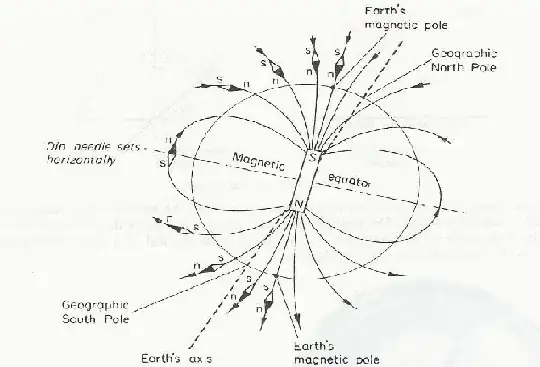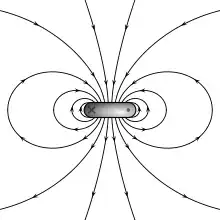When superconductivity was first discovered this was one concept that was quickly explored. Unfortunately the weak field of earth requires a massive circulating current to generate a counter magnetic field with enough force to lift something off the ground.
There are two limiting factors:
- The need for more current means more weight which means more current...
In fact the first pass analysis shows you need power on the order of
20kW, which is about the same amount of power generated by a locomotive engine.
- The Earth's magnetic field is not perpendicular to the surface, in
fact near the equator there's almost zero vertical component to work
against. This angle reduces the amount of available field strength
to lift against gravity.
Perhaps one day if we can develop massive yet micro-sized power sources something like this might be possible, but away from the equator.
Edit: So how this concept works is first look at the vector of how the magnetic field on the earth's surface (away from the equator). There is a vertical component that is parallel to the force due to gravity.

A loop of superconducting current (assuming there is a way to get it started) would create a field so that if you set it perpendicular to the earths surface the magnetic moment would oppose the vertical component of the earth's field.
The torus fields looks like this.

I unfortunately need to run, but the calculations are similar to superconductor levitating in earth's magnetic field? but for a loop and not just to levitate itself, but additional mass.

